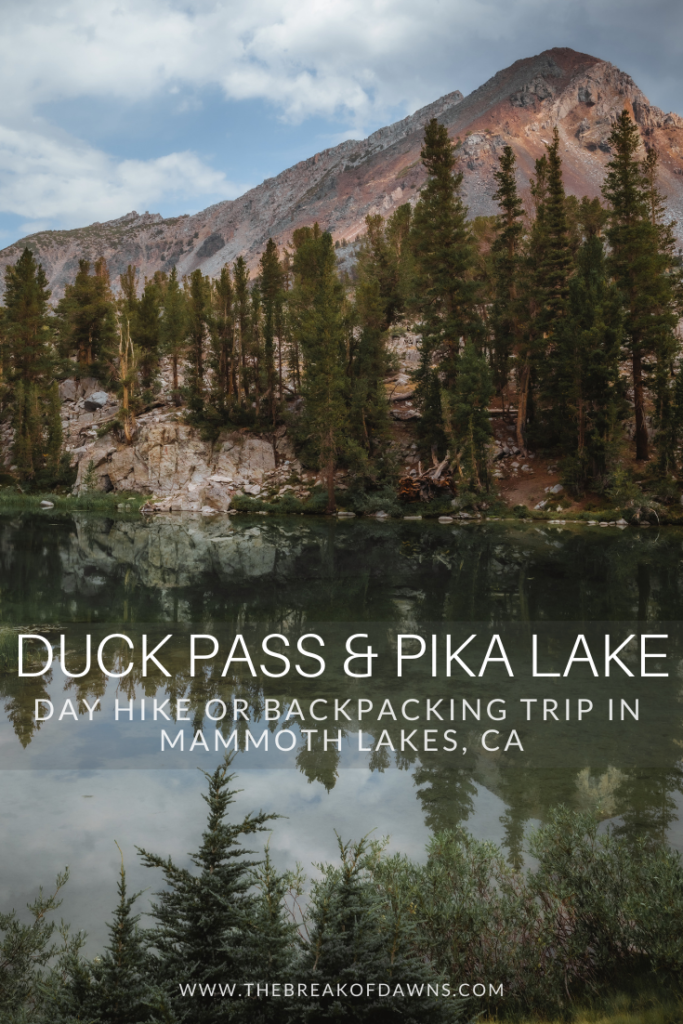
I adore a hike that supplies me with a little bit of everything. I’m talking pristine meadows, vibrant vegetation, insane panoramic landscape views, crystal-clear alpine lakes and jagged mountain peaks all on one single trail. Hiking the Duck Pass and Pika Lake Trail in Mammoth Lakes accumulates all of those things and proves to be one of the best in the area to experience true mountain majesty.
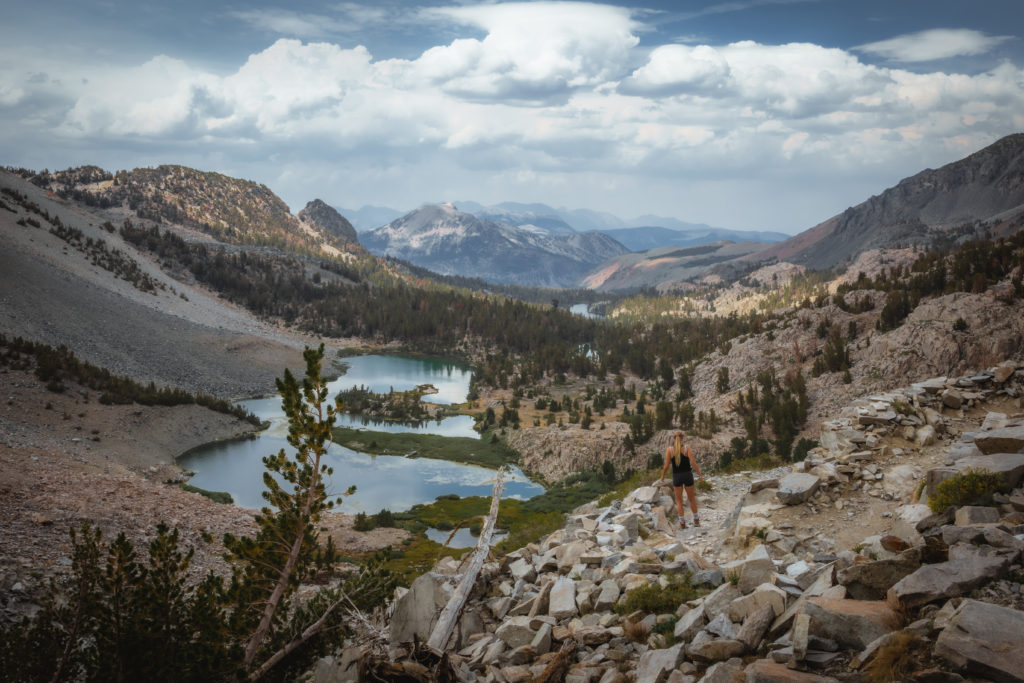
About the Duck Pass and Pika Lake Trail
The Duck Pass and Pika Lake trail in Mammoth Lakes, California is one of the most popular day hikes in the John Muir Wilderness area. In a round trip distance around 9.5 miles, you can experience multiple alpine lakes among a nature wonderland but not without an elevation gain.
Popular with fishermen and offering overnight backpacking opportunities, the Duck Pass and Pika Lake trail begins at over 9,000 feet in elevation. We clocked in 9.5 miles with a 2100+ foot elevation gain in just over 6 hours of hiking (with ample time to stop for snack breaks & pics!)
Check the Mammoth Lakes trail page here for any current alerts/conditions for the area!
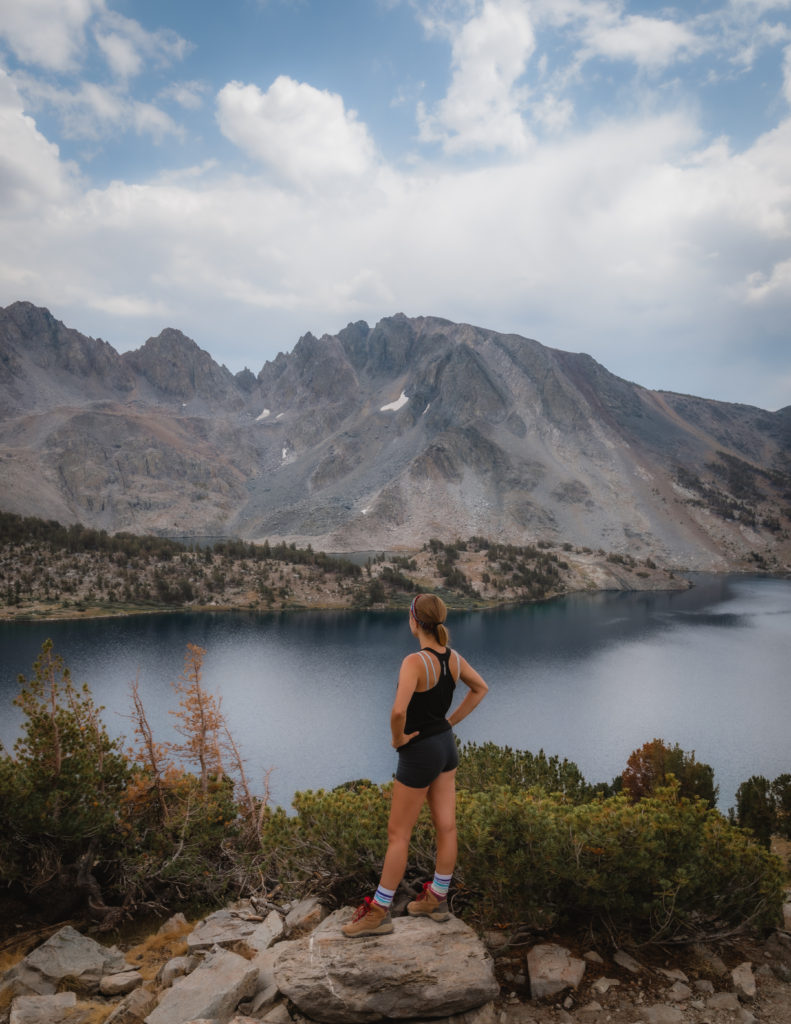
Hiking the Duck Pass and Pika Lake Trail in Mammoth Lakes
Distance: 9.5 Miles
Type: Out & Back
Elevation Gain: +2,136 Feet
Best Time to Hike: July – October
Features: Alpine lakes, wildlife, cascading mountain views. Fishing and backpacking opportunities. Dogs allowed on leash.
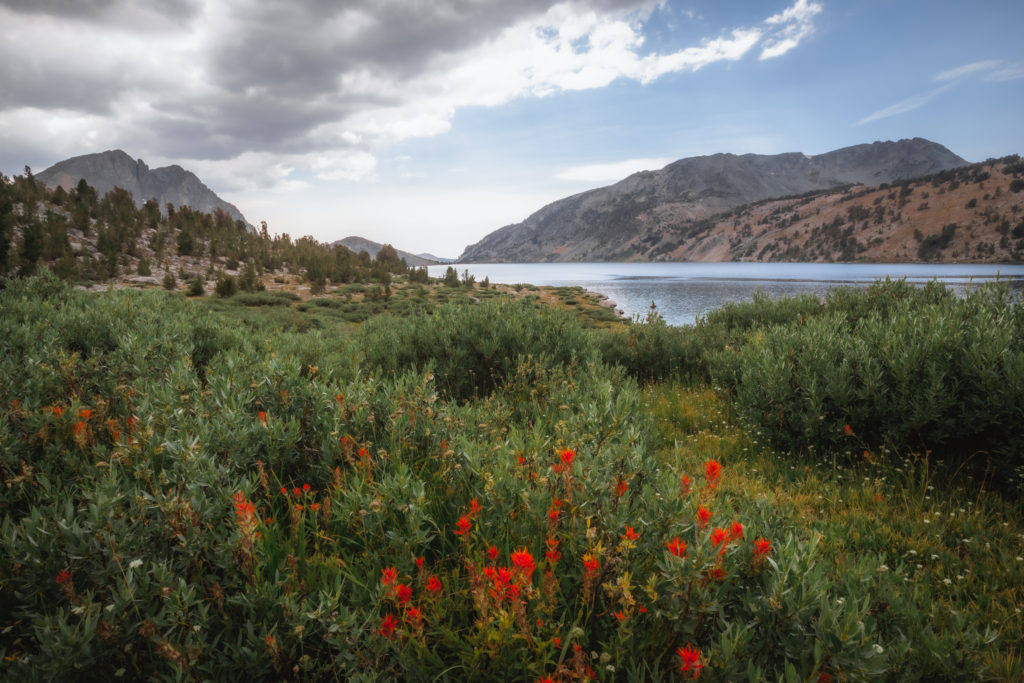
Getting to the Trailhead
The trailhead for hiking the Duck Pass and Pika Lake trail is located on the southeast side of Mammoth Mountain in California. From Highway 395, take the Mammoth Lakes exit to Lake Mary Rd., taking a left on Around Lake Mary Rd. to the Coldwater Campground. Drive to the end of the road for the parking area to access the trailhead (directions here).
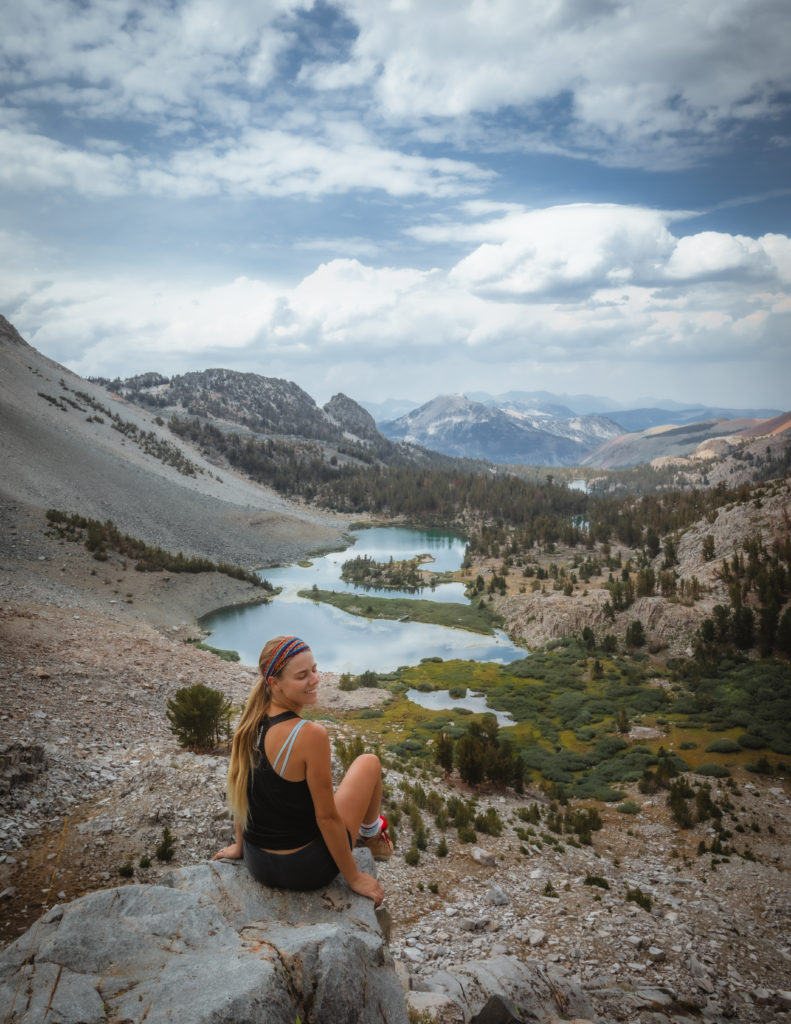
Beginning the Duck Pass and Pika Lake Hike
There are essentially 2 different trails you can start on by hiking Duck Pass and Pika Lake. We’ll take the western route, beginning at over 9,000 feet in elevation and running parallel with Coldwater Creek. Within the first mile we welcome tree coverage with a slight elevation gain, arriving to our first body of water.
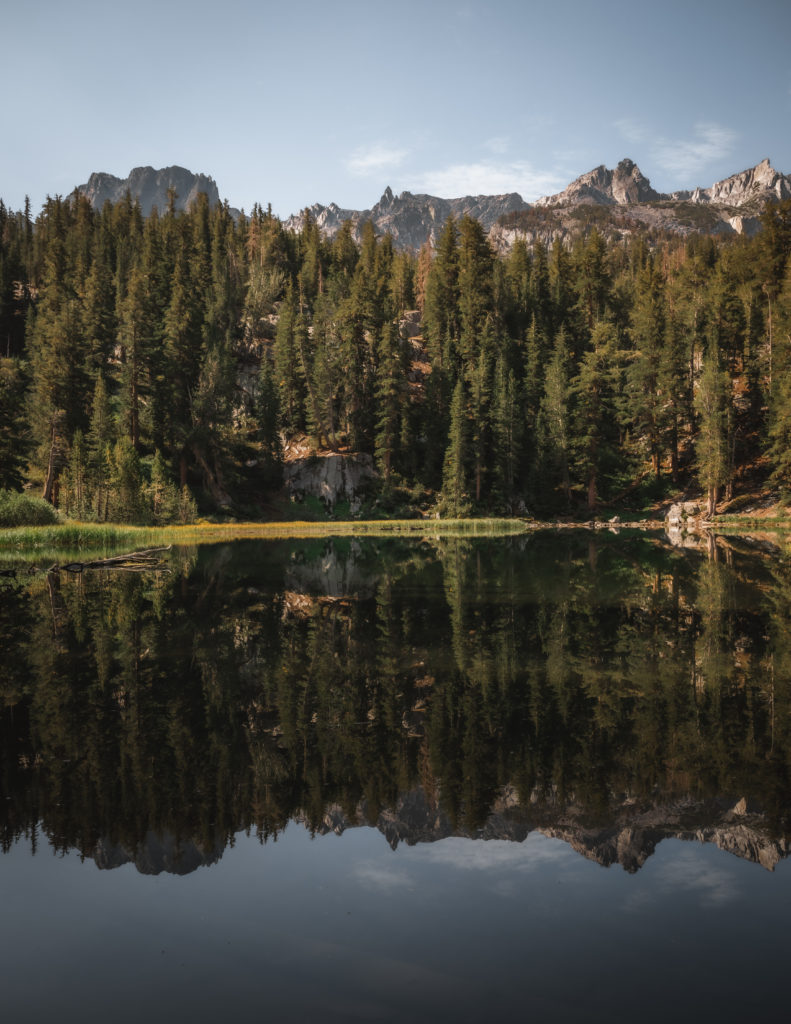
Emerald Lake
The small but majestic Emerald Lake offers a stunning glass-like reflection of the mountain peaks above. Stop here for a sip of water before the first climb in elevation begins. The trail looks a little intimidating as it cuts uphill through the trees. In less than a mile, we’ll meet up with the alternate route option before heading on to our next lake.
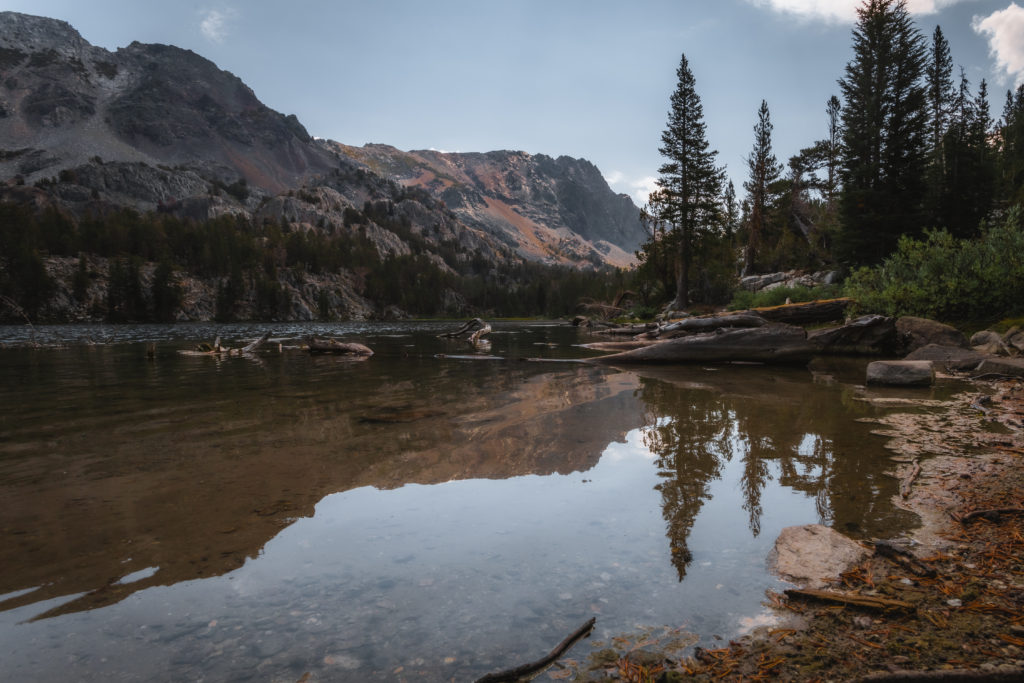
Skelton Lake
Within another half mile of hiking, we’ll soon catch glimpses of Skelton Lake to our left. Walk to the banks of this beauty before climbing uphill for an aerial view.
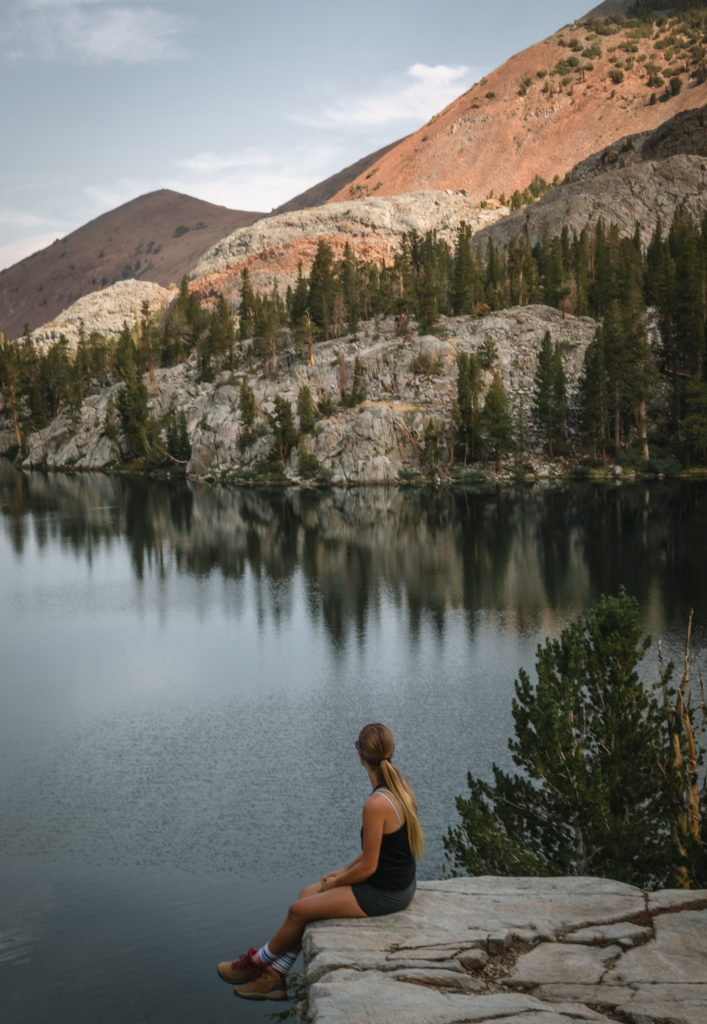
The rocks situated above Skelton Lake offer an incredible relaxation spot. With the lake nestled between red-colored mountains, we’ve already climbed nearly +1000 feet by this point.
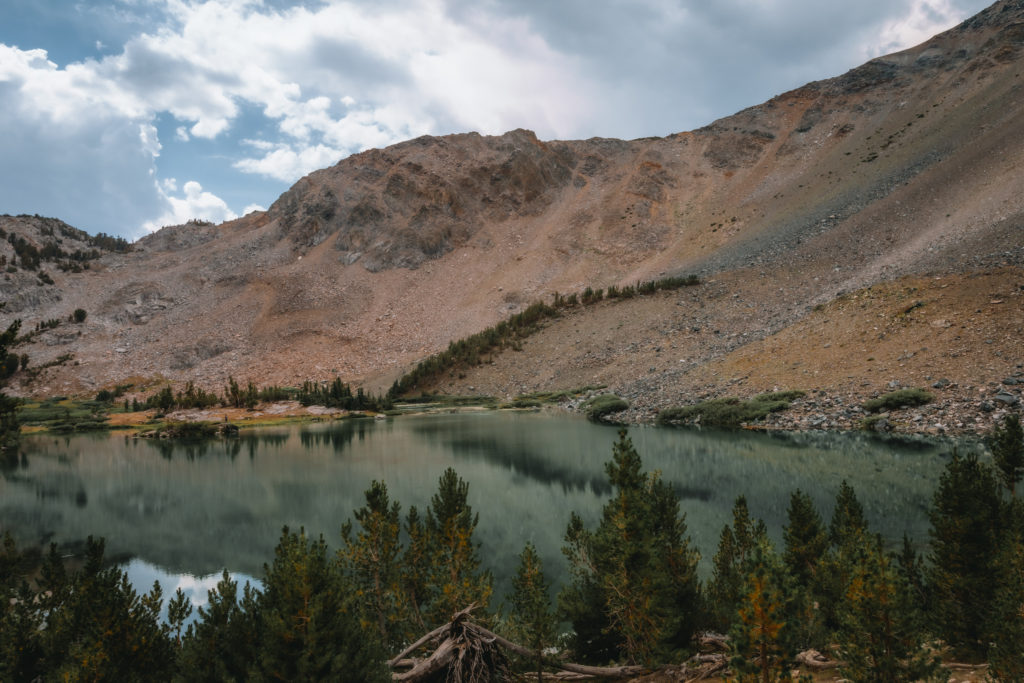
Barney Lake
In less than a mile and with a subtle rise in elevation, we arrive to the calm teal waters of Barney Lake. With soft-sided mountains surrounding it and an island-style plot of land in the middle, we’re swept away by the magnificent views.
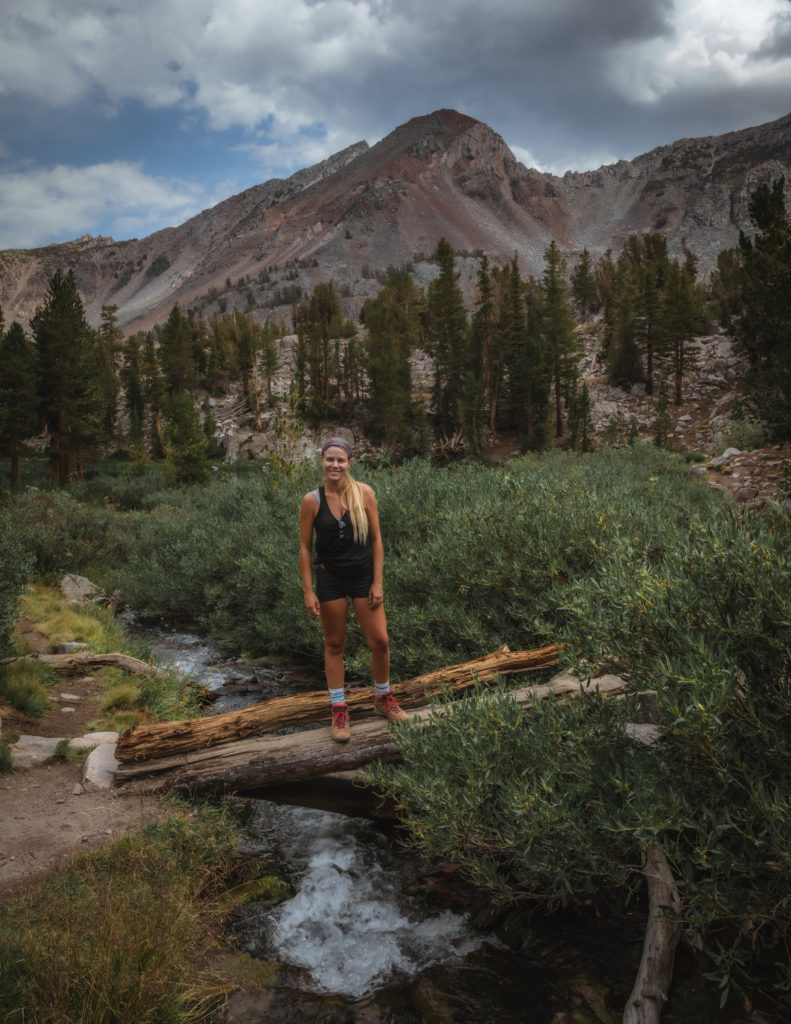
As we travel around the north side of Barney Lake, we cross over a creek via a make-shift log bridge. From here, we can see the natural wonder of Red Lake to our north.
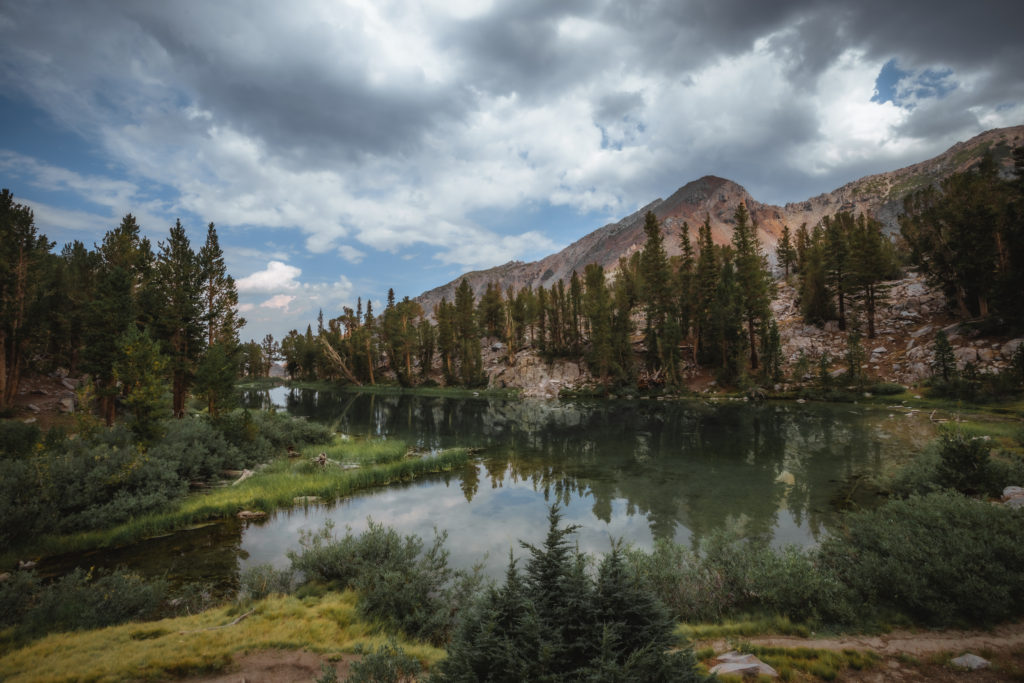
Elevated Climbs
Perhaps the next portion of our hike will be the hardest of the entire trail. With Duck Lake as our next destination, we make our way around Barney Lake. The terrain transforms from soft dirt to pebbles and rocks.
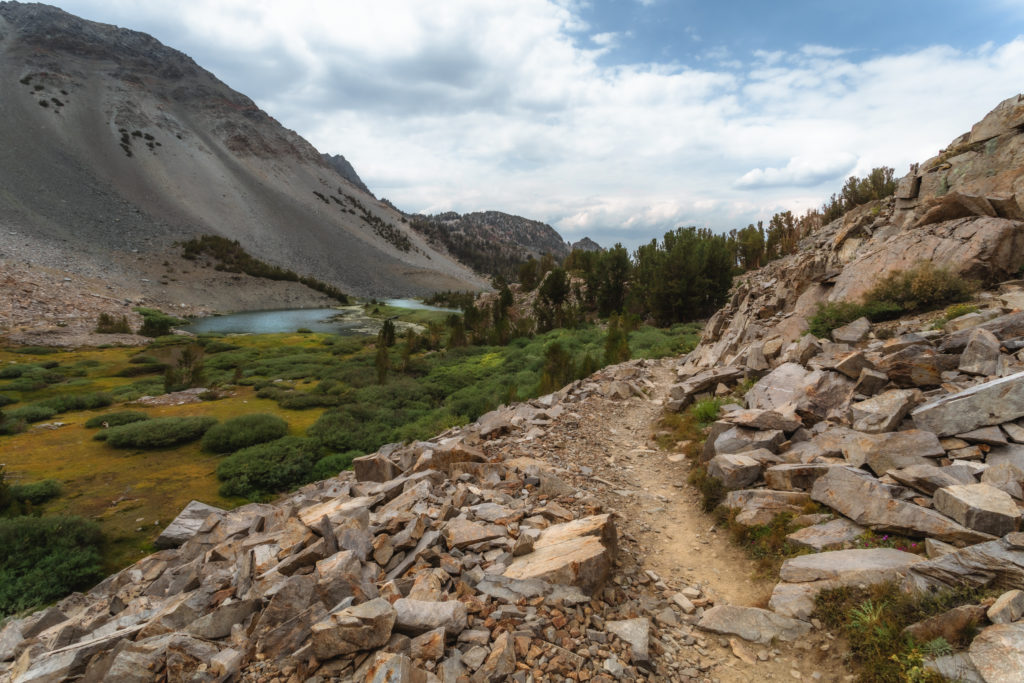
By the time we finish hiking the switchbacks through the boulder field, we gain over +500 feet in elevation within 0.5 miles.
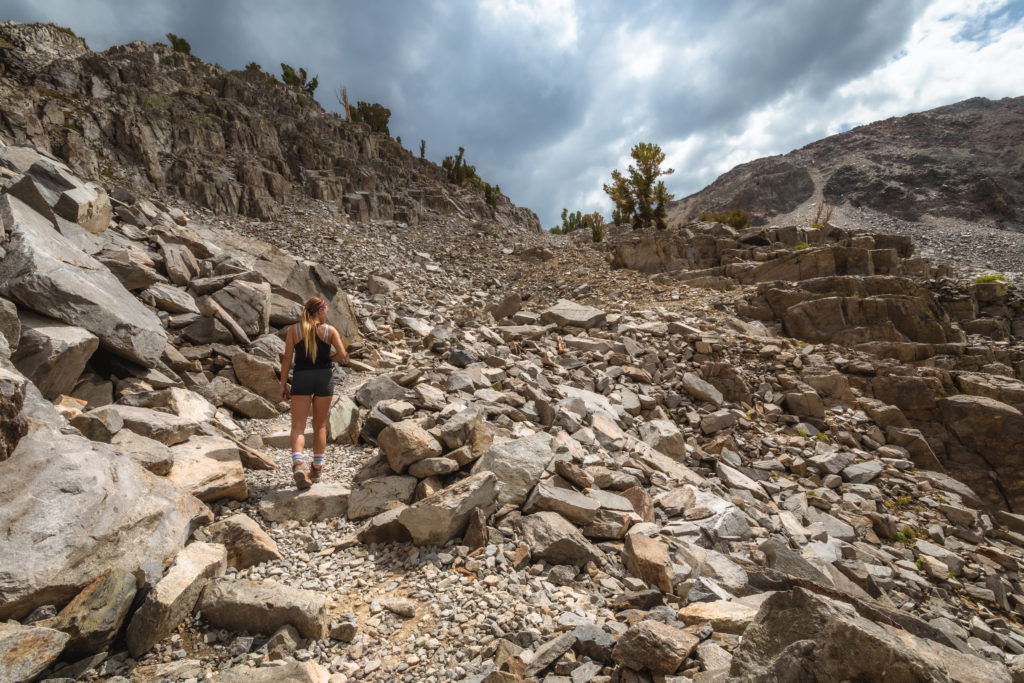
Duck Lake
Upon reaching the top of the boulder field, the terrain switches to a soft sand resembling that of a beach. A few more steps and we reach the next trail junction that accompanies outstanding views of Duck Lake.
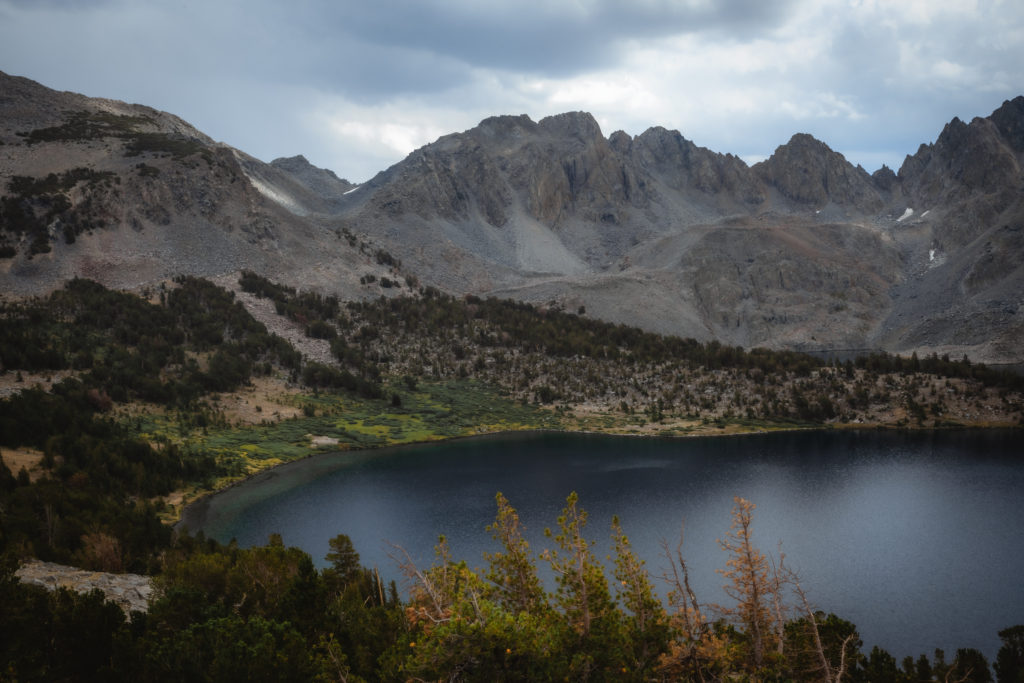
To the right of the viewpoint, we find Duck Pass, eventually combining with the famous John Muir and Pacific Crest Trails. We pass on this opportunity of a hike to continue on for Pika Lake.
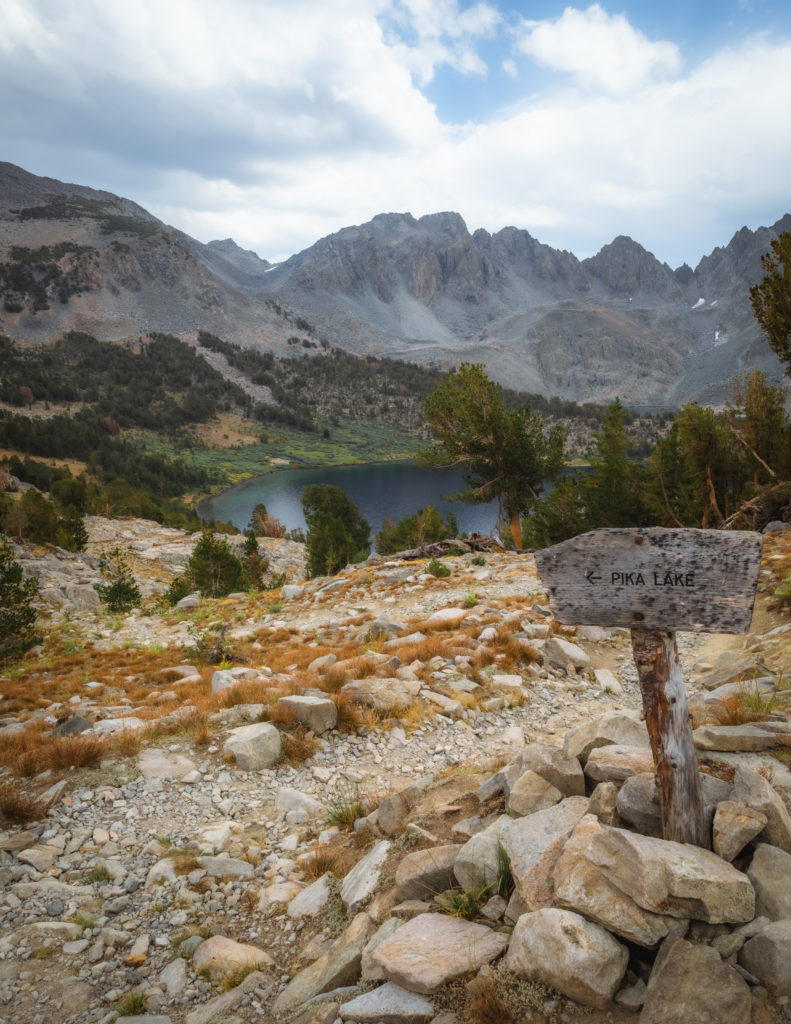
Hiking to Pika Lake
Following the Pika Lake trail to the north of Duck Lake, the climb downhill becomes apparent; we lose around 300 feet in elevation within 0.5 miles. As we wrap our way around Duck Lake, the vegetation becomes more frequent and vibrant as mountain peaks rise higher into the sky.
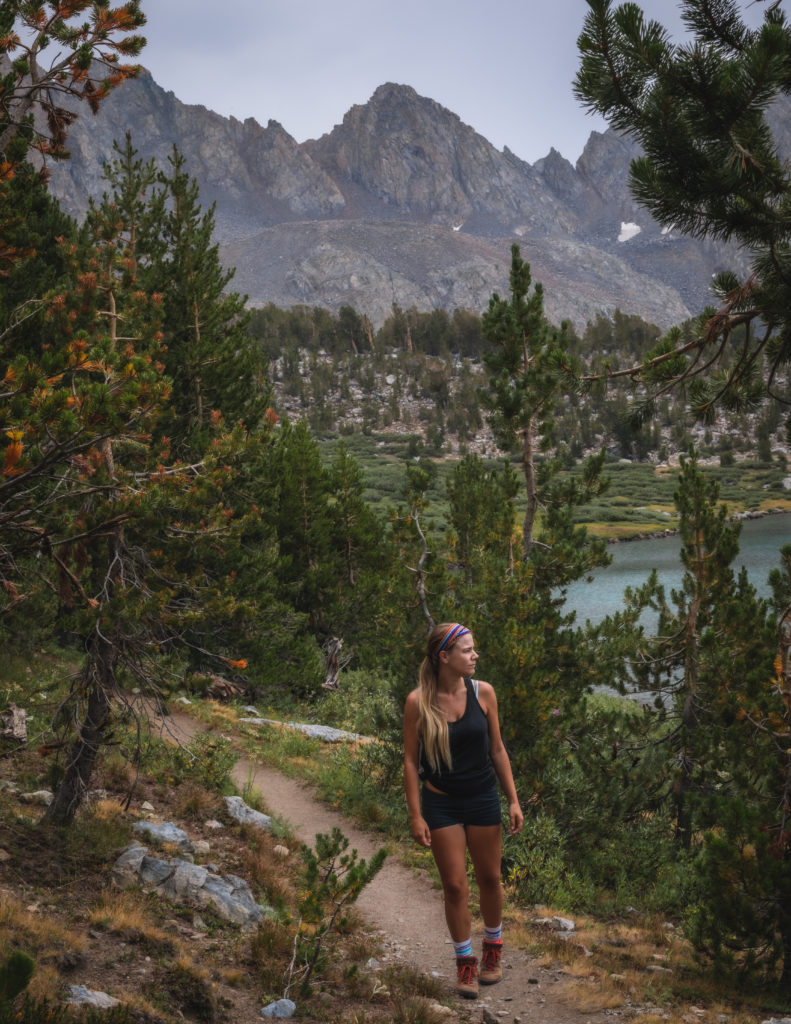
Pika Lake
A mile from that last trail junction, we finally arrive to one of the highest-elevated lakes in the entire Sierra Nevada Mountain range, Pika Lake.
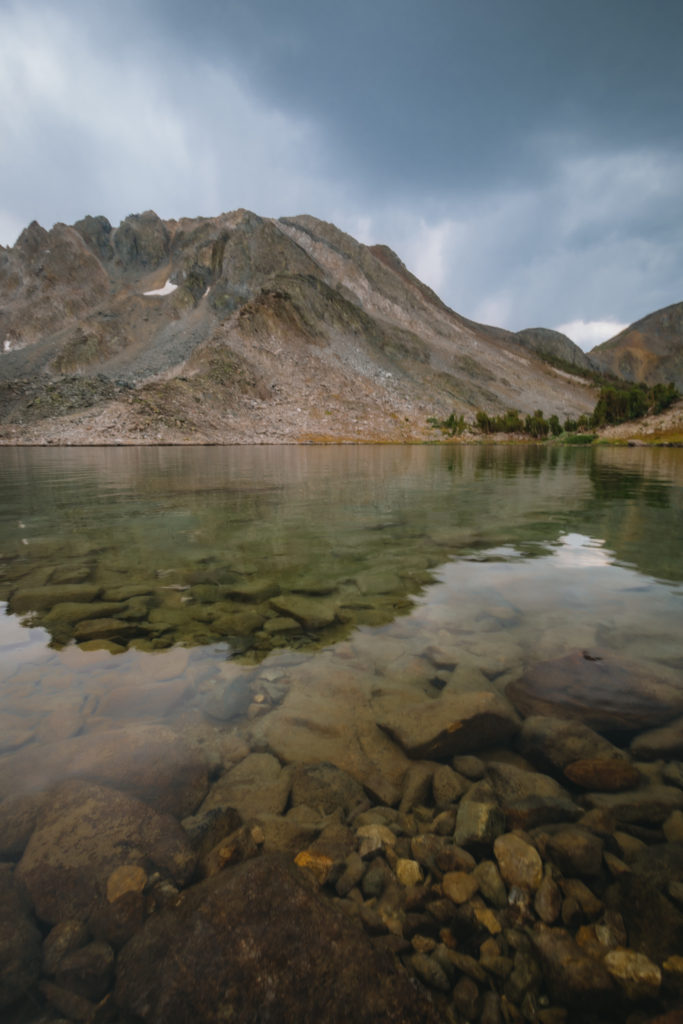
Surrounded by outstanding rocky pinnacles, the weather has a mind of its own at this elevation. Just as we meet the water, a massive storm rolls through and we’re forced to hide out under some trees until it passes.
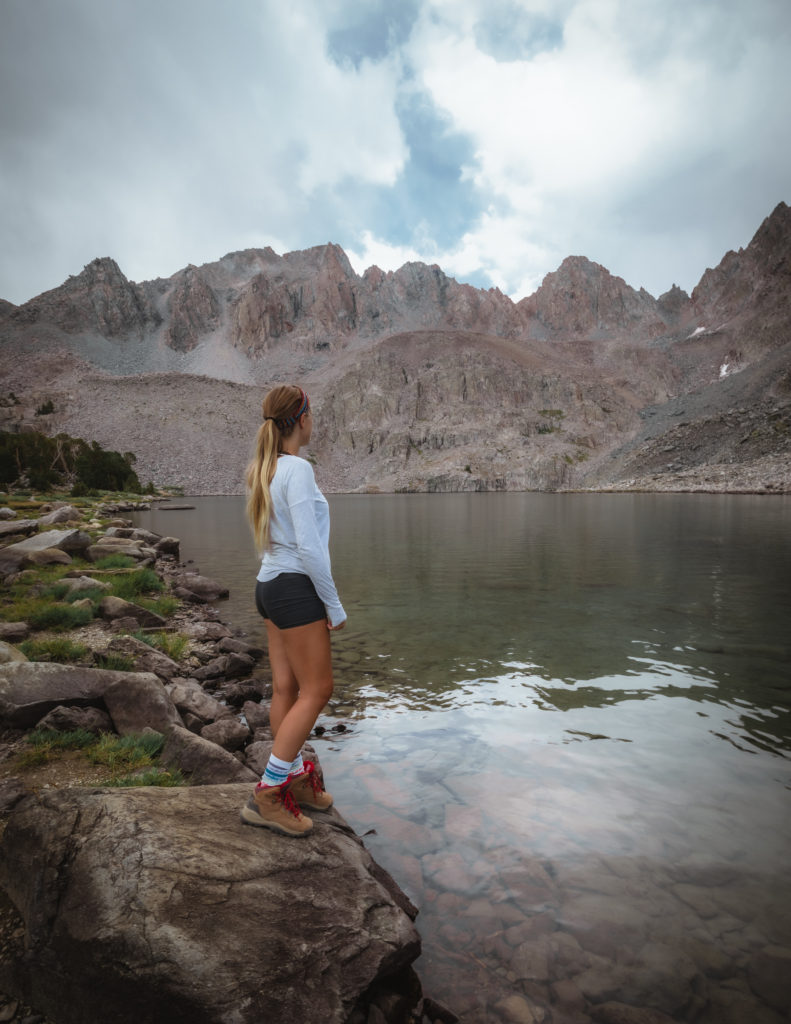
Returning from Pika Lake
It’s time to turn around and retrace our steps back to the parking area. The hardest part of this journey is the initial climb from Pika Lake back up to Duck Pass.
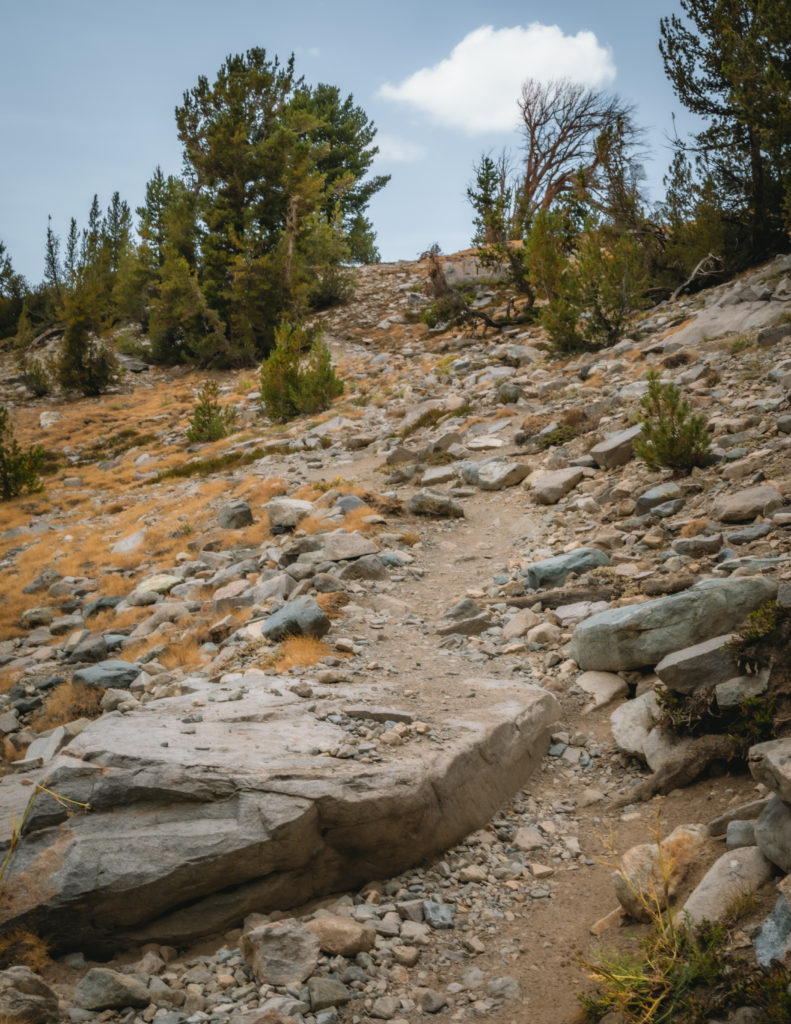
Meeting back up with the infamous boulder field and looking forward to a downhill slope for the rest of the hike, we take some time to soak in those incredible aerial views of Barney and Red Lakes.
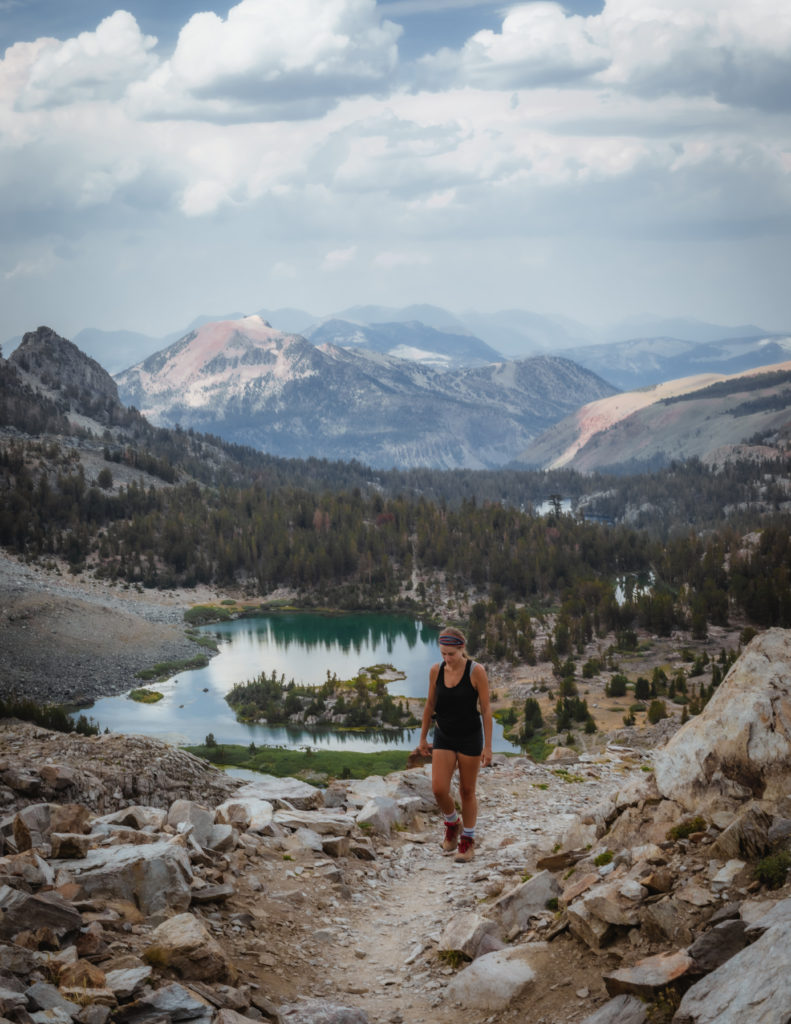
On a clear day, you can see for miles and miles beyond this, even catching glimpses of Skelton Lake which we passed long ago.
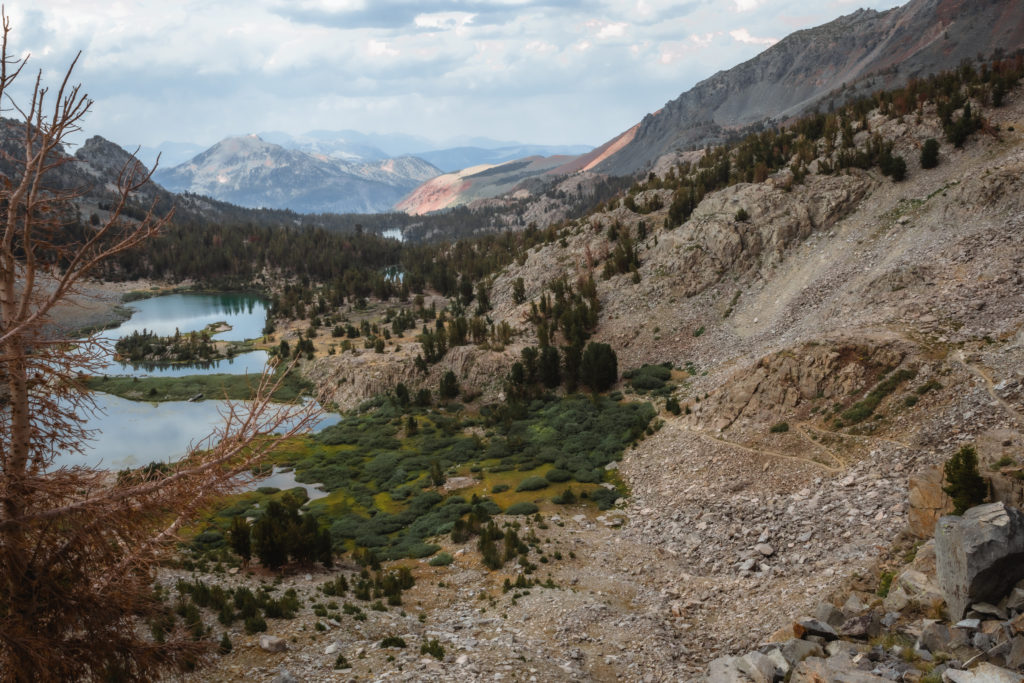
While visiting the Mammoth Lakes region, don’t miss the incredible Devil’s Postpile National Monument (read more here). If you’re looking for a shorter yet worthy hike in the area, check out the Little Lakes Valley trail, which you can read more about here.
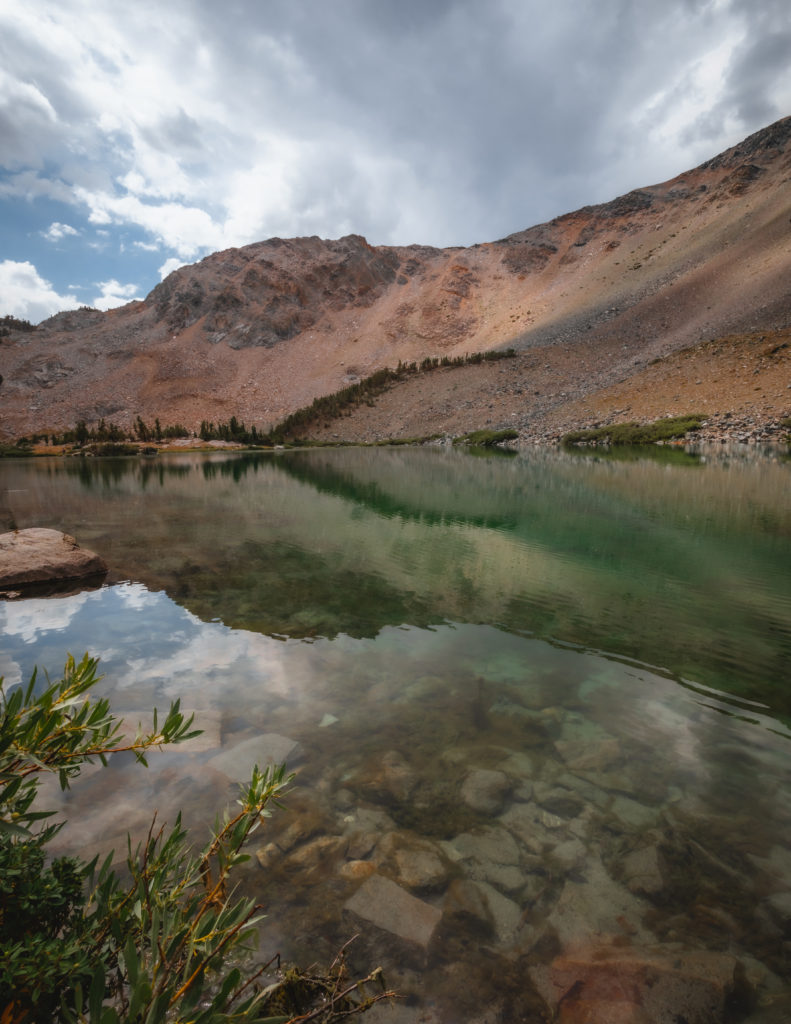
Before heading out on trails, it’s imperative that you’re familiar with the “Leave No Trace” principles.
Read More: Leave No Trace: The 7 Rules of the Backcountry
Learn more about Leave No Trace on their website here.
Like This Post? Pin It!
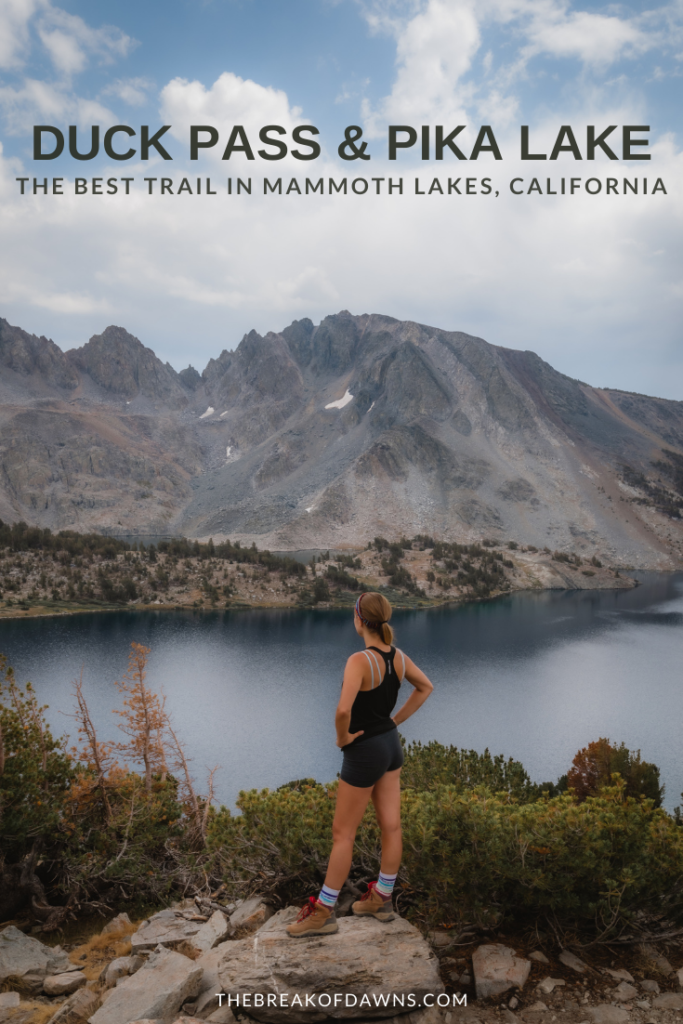

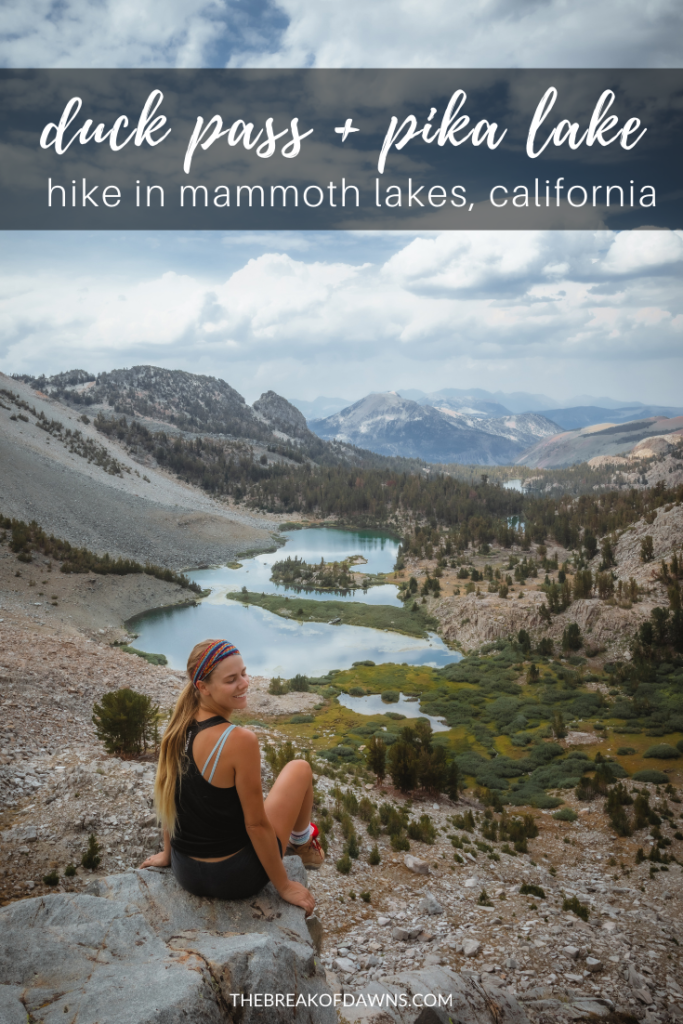
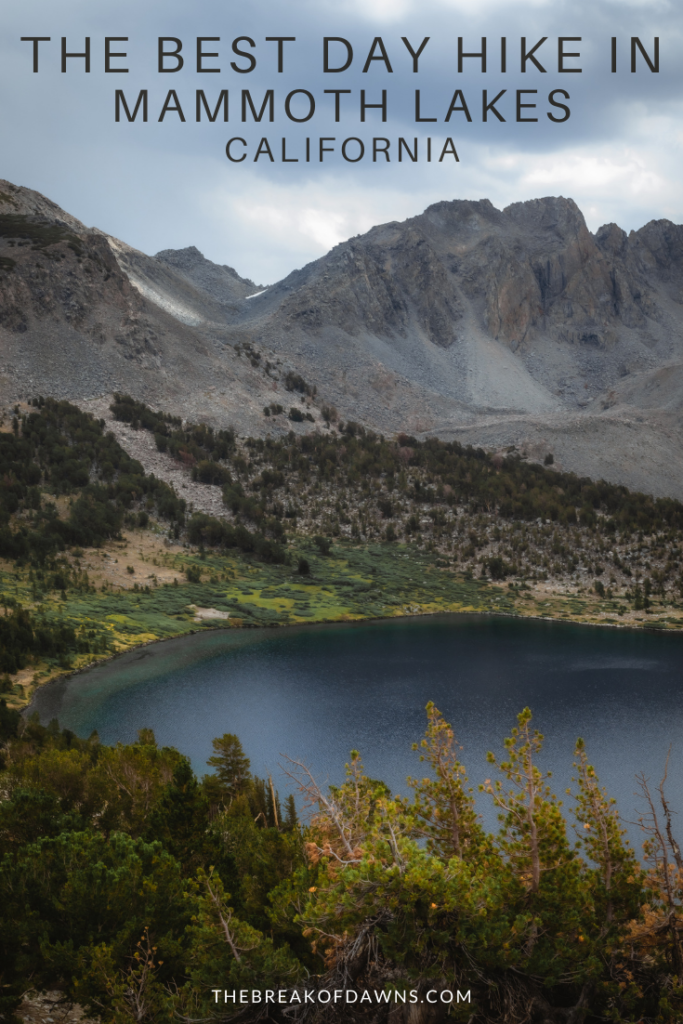
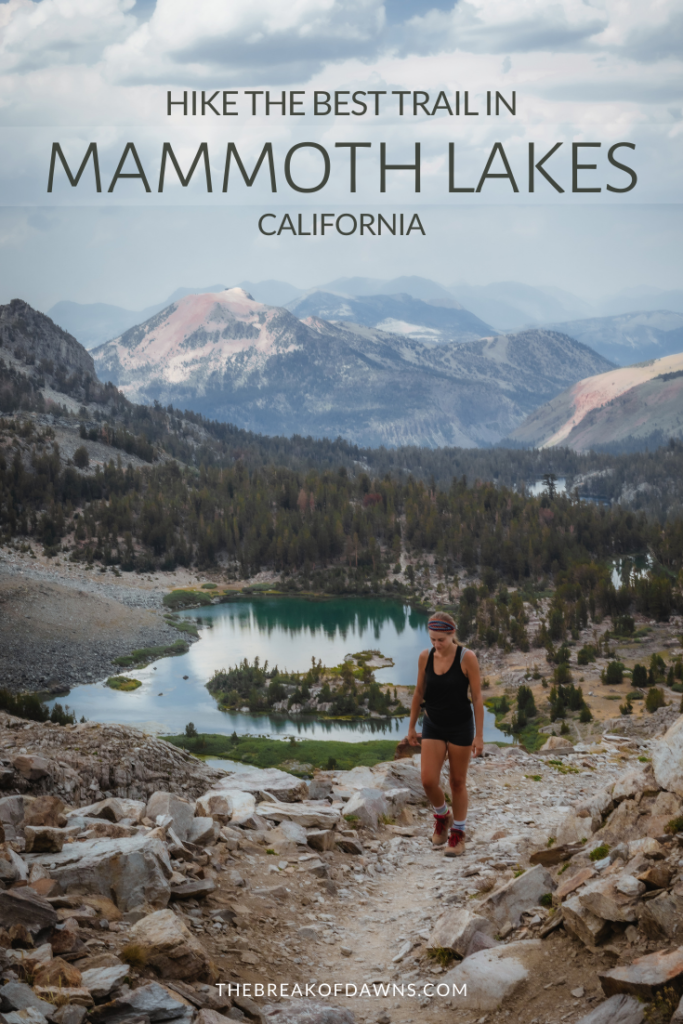
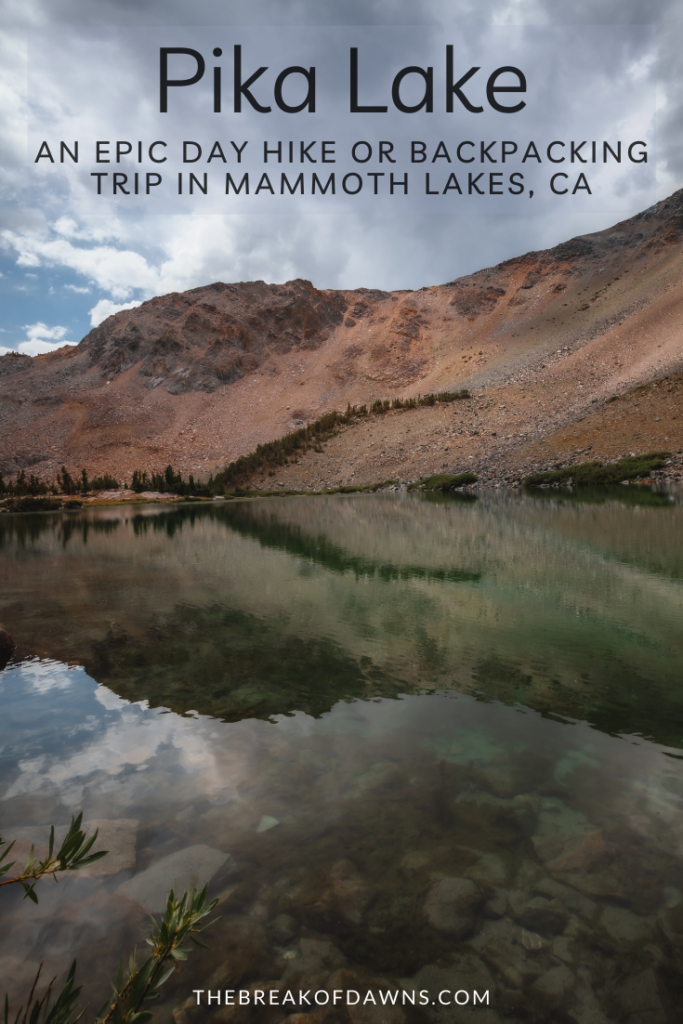
| This post contains affiliate links. At no extra cost to you, if you purchase one of these products I may receive a small commission. This helps me maintain my blog as a free space to you. Check out my Disclaimer for more info.

